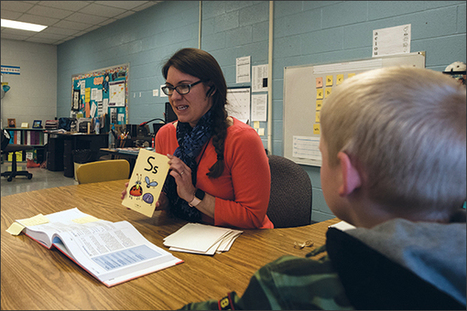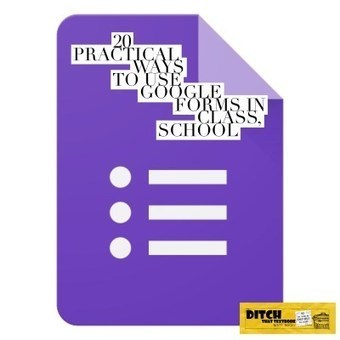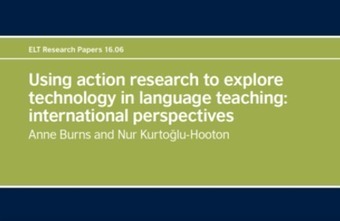Michael Young was working one-on-one with a student when he heard a voice: "Maybe pause a little bit longer and wait for the student to respond."
It wasn't his internal monologue reminding him of something he learned in training. The voice belonged to an instructional coach 50 miles away, who was watching what Young was doing in the classroom through a livestream and communicating via an earpiece.
"It was really nice to feel supported and get direct feedback in the moment, because as much as you can do that through somebody being there and watching you, they always do it afterwards or by interrupting [the lesson]," said Young, who teaches special education at Elk Ridge Elementary School in Buckley, Wash. "It was helpful information that changed the way I taught."
The practice is called bug-in-ear coaching, and it has been around for decades in different sectors in some capacity. But in recent years, more and more educators are beginning to try it out.
Learn more / En savoir plus / Mehr erfahren:
https://www.scoop.it/topic/21st-century-learning-and-teaching/?&tag=Training
https://www.scoop.it/topic/21st-century-learning-and-teaching/?&tag=Coaching
Via Gust MEES



 Your new post is loading...
Your new post is loading...
















Michael Young was working one-on-one with a student when he heard a voice: "Maybe pause a little bit longer and wait for the student to respond."
It wasn't his internal monologue reminding him of something he learned in training. The voice belonged to an instructional coach 50 miles away, who was watching what Young was doing in the classroom through a livestream and communicating via an earpiece.
"It was really nice to feel supported and get direct feedback in the moment, because as much as you can do that through somebody being there and watching you, they always do it afterwards or by interrupting [the lesson]," said Young, who teaches special education at Elk Ridge Elementary School in Buckley, Wash. "It was helpful information that changed the way I taught."
The practice is called bug-in-ear coaching, and it has been around for decades in different sectors in some capacity. But in recent years, more and more educators are beginning to try it out.
Learn more / En savoir plus / Mehr erfahren:
https://www.scoop.it/topic/21st-century-learning-and-teaching/?&tag=Training
https://www.scoop.it/topic/21st-century-learning-and-teaching/?&tag=Coaching